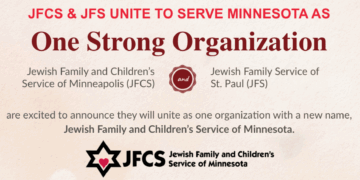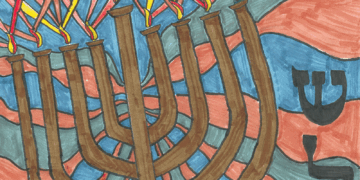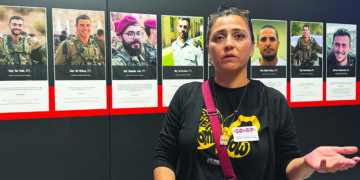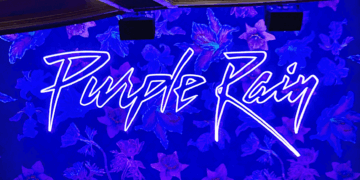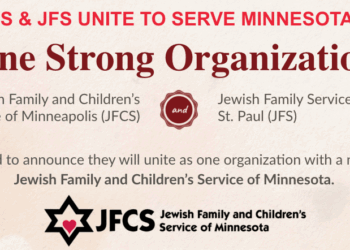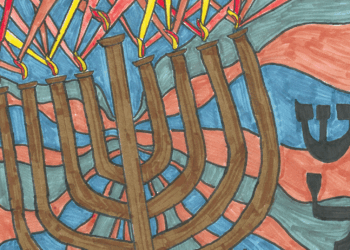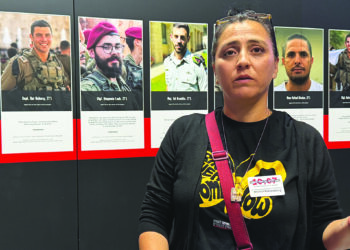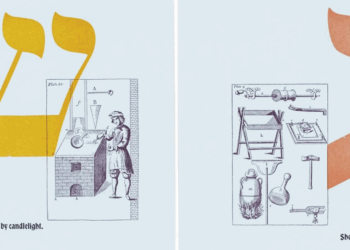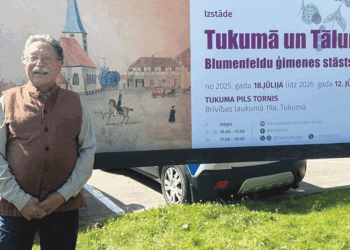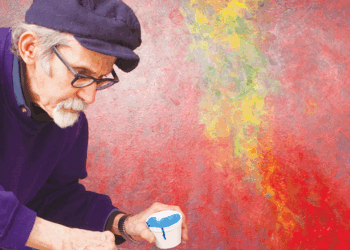By MORDECAI SPECKTOR
Beth El Synagogue is getting an extreme makeover.
The old activities center, which dates from the 1960s, and parts of the main synagogue, which opened in 1970, are being transformed into an attractive, light-filled facility, which will house the Aleph Preschool, meeting rooms and administrative offices.
The Jewish World recently got a preview of the renovation, which represents the $6 million first phase of the synagogue’s physical renewal. A deep trench on the 26th Street side of the building has been excavated, and new windows installed on the building’s lower level, a space dedicated to Aleph Preschool classrooms.
Previously, the preschool kids had to navigate stairs to classrooms on the second floor of the building, explained Karen Burton, the Aleph Preschool director. And with the installation of an elevator, the building will be fully accessible to children in strollers and those with mobility impairments.
Custom-made carpeting with Hebrew letters is being installed in all of the preschool classrooms, which also feature comically tiny toilets and sinks mounted below an adult’s knee level.
During an interview with the AJW, Burton, Rabbi Alexander Davis, Beth El’s senior rabbi, and Gil Mann, the congregation president, all expressed their pleasure and excitement about the improvements nearing completion.
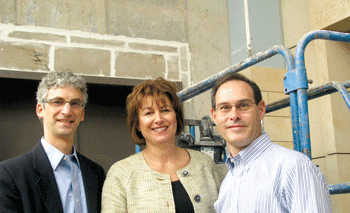
Davis said that the physical changes to the building mimic the internal changes in the synagogue.
“I’ve spoken for a long time about how Beth El is really the wine inside the bottle,” he explained. “We had a leaky bottle that we had to fix; and it’s almost done, God willing…. But at the same time, the wine has just gotten that much sweeter,” with a profusion of new programs, educational opportunities and inspirational speakers.
“I think that the two go hand in hand — the renewal of the synagogue physically and programmatically,” said Davis.
Around $8 million has been raised for the renovation over the past two and a half years of a capital campaign, according to Mann. Funds are still being solicited for the second phase of remodeling, a $2.5 million project that will build an educational center on the east side of the synagogue.
With construction in full swing, Beth El administrators have been working at desks crammed into the coat room near the sanctuary; the Aleph Preschool was renting space at nearby Bnai Emet Synagogue; and the rabbis and cantor were working from home.
Karen Burton, a native of Manchester, in the United Kingdom, became the director of the Aleph Preschool in June 2010. Burton said that she’s looking forward to being in the sparkling new digs for the opening of summer camp on June 13.
Mann mentioned that 90 children are enrolled in the summer camp, even though the building has been torn up for months.
“It’s a remarkable achievement,” Mann said, regarding Burton’s leadership of the preschool. “It’s a testament to her charisma and energy.”
For her part, Burton said that she is “very fortunate to work with such a wonderful professional staff.”
The renovated Aleph Preschool, which serves kids from 16 months to prekindergarten age, will have a capacity for 130 children in seven spacious rooms. Burton said that plans are being made to start an infant program for 2012-13.
The 26th Street entrance to the building used to be dark and dreary; but the new entry will be suffused with light and convey the message — to Beth El’s 1,200 member families and nonmembers — that the synagogue is “warm and welcoming,” in Rabbi Davis’ words.
Indeed, the welcome is now inscribed in stone. A lintel cut from Wisconsin limestone spans the foyer entrance, and the message sandblasted into the rock’s surface reads: “May you be blessed as you come in and as you go forth.”
“It’s a text from Deuteronomy,” Davis said.
“It’s 1,500 pounds of welcome,” added Mann, regarding the massive slab of limestone.
Just past the inscribed stone is the reception desk and a nearby elevated area will be a “dedicated lounge,” said Mann, where parents, prayer service attendees and visitors can linger over a cup of coffee. It is adjacent to the main lobby of the synagogue.
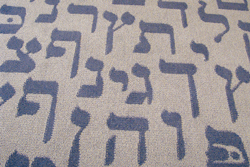
When the discussion touched on the surprises that come with the renovation of a “commercial” building — which are always costly — Davis remarked, “This is nothing short of a brand-new synagogue. The outside walls remain the same; the entire thing was gutted and we’re essentially starting over.”
Explaining the philosophy behind the fundraising, Mann commented, “It’s a challenging case to make, when people’s annual income goes down or stays flat, to ask them to shift some of their assets to this asset. That’s the case we’ve made: It’s a home. You invest in your home.”
“We’ve been very successful; we want to be even more successful,” added Davis. “We have not yet reached our fundraising goal, although we’re optimistic as we continue.”
And the rabbi praised the work that Mann has done in facilitating the shul renovation, pointing out that he has devoted himself to the role of the synagogue president “as a full-time job.”
A sidebar to the story of the new Beth El building taking shape, is the bond that has developed between the synagogue and Benilde-St. Margaret’s, the Catholic college preparatory school adjacent to the shul.
During the ongoing construction, the Catholic school has opened its doors to Beth El congregants, Mann commented.
“Our relationship with [Benilde-St. Margaret’s] next door is truly what religion should be about,” he said. “They have welcomed us and they gave us spaces, huge spaces, on the High Holidays. Our children are there now for Bar Mitzva lessons…. They have been so gracious.”
“We couldn’t have done this project without them,” added Davis.
No date has been set for a formal grand opening; but when it happens, Beth El members and others likely will be favorably impressed with the improvements made to a house of worship that needed updating after 40 years of wear and tear.
“I’m very much about the wine in the bottle — very concerned with the Torah that’s being taught here, the tefilla (prayer) that happens here; but you have to have a bottle to hold the good wine,” said Rabbi Davis. “The point was not to build the building; the point was to build a container to house our community. I think that we’ve done something that’s very tasteful, that serves our needs and that will house our community for generations to come.”
(American Jewish World, 5.13.11)

